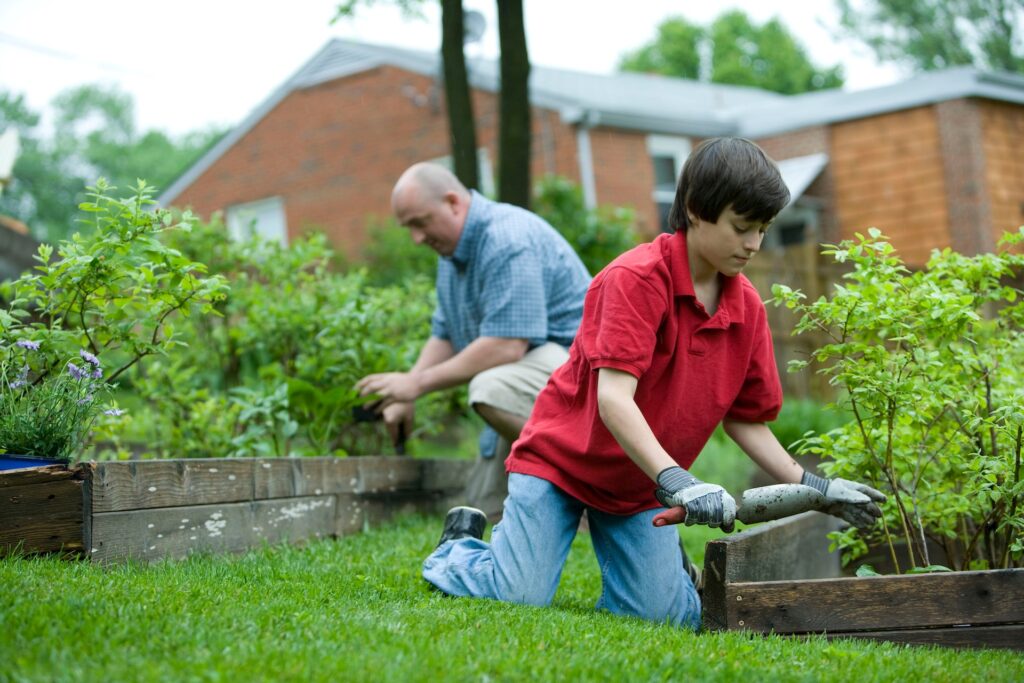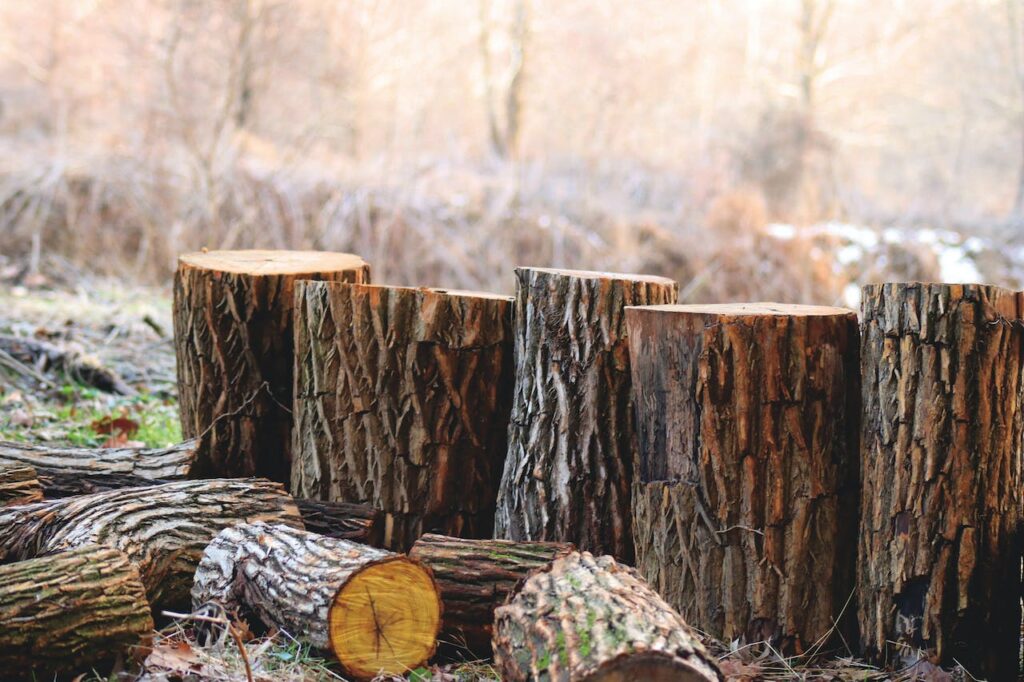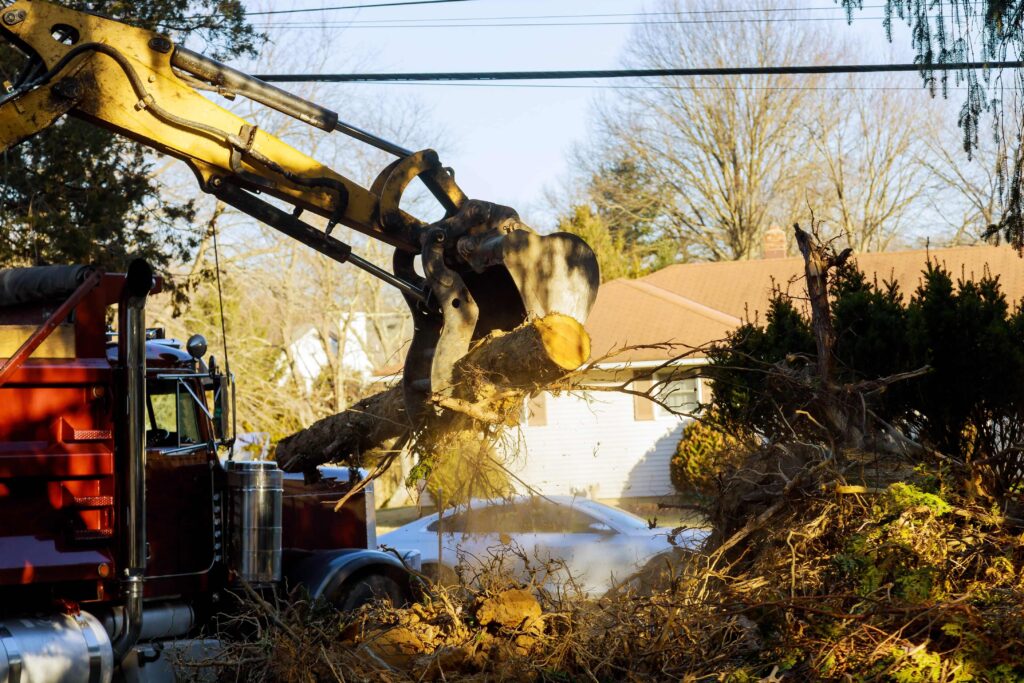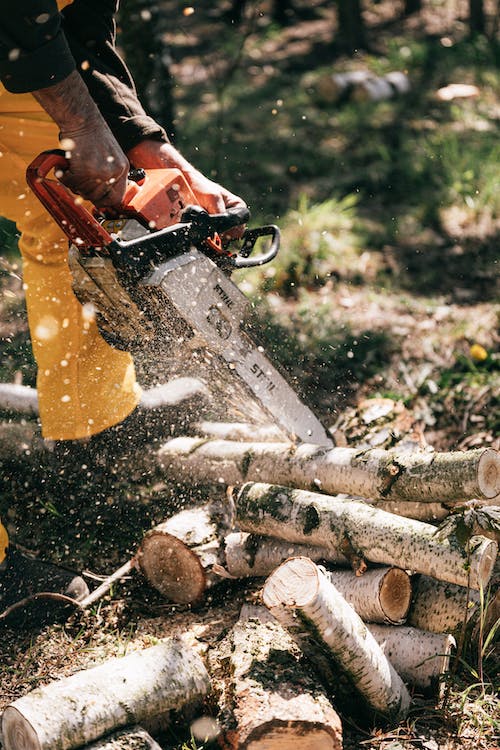The vitality of a robust tree extends beyond its visible, above-ground structure, reaching into the frequently underestimated domain beneath our feet – the intricate and essential world of soil. The well-being of trees hinges significantly on the health of the soil, exerting a pivotal influence on their growth, capacity for nutrient absorption, and resilience in the face of environmental stressors. In this article, we will explore the pivotal factors contributing to soil health, offering valuable insights into how a comprehensive understanding and improvement of soil conditions can foster the flourishing of trees.

Soil Composition
Soil comprises an intricate blend of mineral particles, organic matter, water, and air, forming a dynamic and essential ecosystem for plant life. Comprehending the composition of the soil is imperative for assessing its fertility and its capacity to sustain the vibrant life of trees. The three primary soil particles are sand, silt, and clay. The ideal soil composition for most trees is the balance of these particles, creating a loam soil that offers a good mix of drainage and water retention.
Soil pH Levels
The pH level of soil, which measures its acidity or alkalinity, profoundly influences a tree’s nutrient absorption. The majority of trees thrive in soils that lean slightly towards acidity and neutrality, typically favoring a pH range spanning from 6.0 to 7.5. Deviations from this range can limit the availability of essential nutrients, affecting the tree’s health. Conducting a soil test can help determine the pH level, allowing for appropriate adjustments through amendments if necessary.
Nutrient Content
The majority of trees thrive in soils that lean slightly towards acidity and neutrality, typically favoring a pH range spanning from 6.0 to 7.5. Trees primarily rely on essential nutrients, namely nitrogen, phosphorus, and potassium, commonly abbreviated as NPK, to support their growth and overall well-being. Beyond these fundamental macronutrients, trees derive additional benefits from secondary nutrients like calcium, magnesium, and sulfur, alongside an array of micronutrients such as iron, zinc, and manganese. Soil amendments and fertilization are common practices to address nutrient deficiencies and promote optimal tree health.
Organic Matter
The existence of organic matter in the soil is vital, playing a critical role in sustaining microbial life and facilitating the availability of nutrients. Organic matter includes decomposed plant and animal residues, contributing to soil structure and water retention. Integrating organic materials, such as compost or well-rotted manure, into the soil not only elevates its fertility but also cultivates a conducive environment for the thriving of beneficial soil organisms.
Soil Structure
The physical arrangement of soil particles, known as soil structure, directly impacts water movement, root penetration, and aeration. A well-structured soil facilitates effective water drainage, mitigating the risk of waterlogged conditions that could otherwise result in detrimental root rot. Soil compaction, often caused by heavy foot traffic or machinery, disrupts soil structure and hinders root growth. Techniques such as aeration and the addition of organic matter can improve soil structure and promote a healthier root system.
Moisture Management
While trees need an adequate water supply to thrive, they also require well-draining soil to prevent root suffocation. Overwatering can lead to waterlogged conditions, reducing oxygen availability to the roots. Conversely, drought stress can occur in poorly irrigated areas, affecting a tree’s ability to take up nutrients. Mulching is a beneficial practice that helps regulate soil moisture, suppress weeds, and insulate the soil, creating a more favorable environment for tree roots.
Soil Microorganisms
A diverse community of microorganisms inhabits the soil, playing a crucial role in nutrient cycling, organic matter decomposition, and disease suppression. Mycorrhizal fungi, for example, form symbiotic relationships with tree roots, enhancing nutrient absorption. Soil bacteria contribute to nitrogen fixation, converting atmospheric nitrogen into a form usable by plants. Preserving soil health involves minimizing disturbances that can disrupt these microbial communities and promoting practices that support their activities.
Compacted Soils
Soil compaction poses a significant threat to tree health, restricting root growth and impeding water and nutrient uptake. Compacted soils are common in urban environments due to construction activities, heavy machinery, and foot traffic. Remediation strategies include aeration, which involves perforating the soil to alleviate compaction, and the incorporation of organic matter to improve soil structure.
Nurturing Trees from the Ground Up
In the intricate dance of nature, healthy trees begin with healthy soil. Understanding and caring for the soil beneath our trees is an investment in their longevity and vitality. Whether you are a homeowner tending to a backyard oasis or a landscaper managing a larger green space, the principles of soil health apply universally. By addressing factors such as soil composition, pH levels, nutrient content, organic matter, soil structure, moisture management, soil microorganisms, and soil compaction, we can create an environment where trees not only survive but thrive.
Keep in mind that the well-being of a tree mirrors the health of its roots, and the vitality of those roots is intricately linked to the quality of the soil in which they reside. As stewards of the land, let us cultivate not only the visible beauty of our trees but also the unseen vitality beneath the surface. In doing so, we play a role in extending the lifespan of our verdant companions and nurturing the overall health of our ecosystems.




